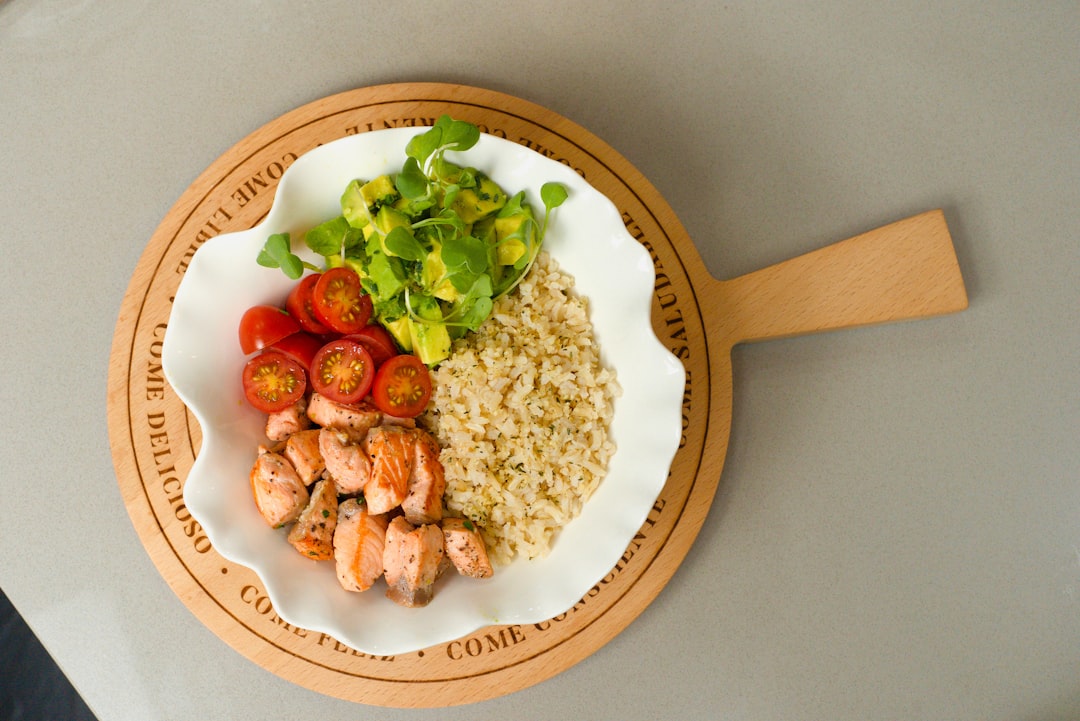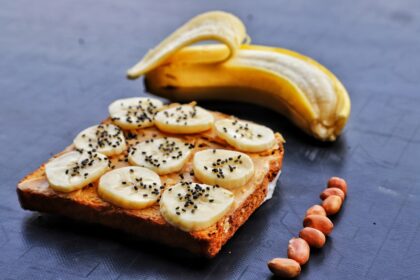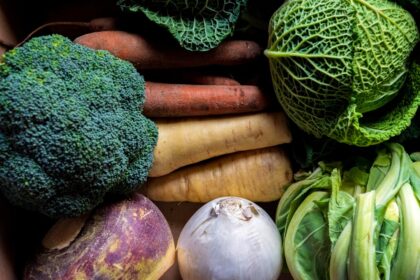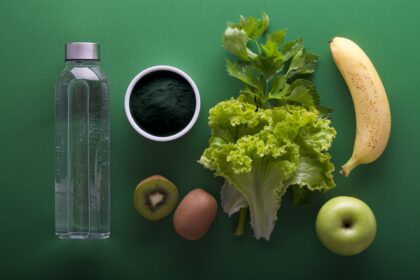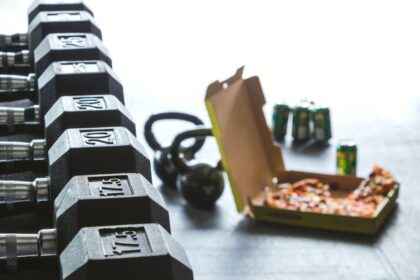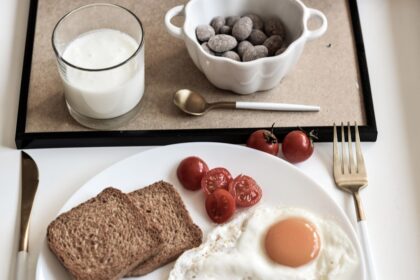Discover expert advice with QuickAdvisr. Eating a balanced meal is one of the most effective ways to fuel your body, maintain energy levels, and support overall health. But with so much conflicting nutrition advice, it can be hard to know where to start. That’s why we’ve created this 4-Step Guide to Building a Balanced Meal Plate for Optimal Health—a simple, practical approach to help you make healthier choices every day.
- Why a Balanced Meal Plate Matters — QuickAdvisr Insights
- Step-by-Step Guide to Building a Balanced Meal Plate
- Step 1: Fill Half Your Plate with Vegetables and Fruits
- Step 2: Add a Quarter Plate of Lean Protein
- Step 3: Include a Quarter Plate of Whole Grains
- Step 4: Add Healthy Fats in Moderation
- Tips for Success
- Sample Balanced Meal Plate
Why a Balanced Meal Plate Matters — QuickAdvisr Insights

A balanced meal plate ensures you’re getting the right mix of macronutrients (carbohydrates, proteins, and fats) and micronutrients (vitamins and minerals) your body needs to function optimally. Here’s why it’s important:
- Supports energy levels throughout the day
- Promotes healthy digestion and gut health
- Helps maintain a healthy weight
- Reduces the risk of chronic diseases
Step-by-Step Guide to Building a Balanced Meal Plate

Step 1: Fill Half Your Plate with Vegetables and Fruits
Vegetables and fruits are packed with essential vitamins, minerals, and fiber. Aim to fill half your plate with a variety of colorful produce. Here’s how:
- Choose leafy greens like spinach, kale, or arugula
- Add colorful veggies like bell peppers, carrots, or broccoli
- Incorporate fruits like berries, apples, or oranges for a natural sweetness
“Variety is key—different colors mean different nutrients, so mix it up to maximize health benefits.”
Step 2: Add a Quarter Plate of Lean Protein
Protein is essential for muscle repair, immune function, and satiety. Include a quarter of your plate with lean protein sources such as:
- Chicken, turkey, or fish
- Plant-based options like tofu, tempeh, or legumes
- Eggs or low-fat dairy products
Here’s a quick comparison of protein sources:
| Protein Source | Calories (per 100g) | Protein Content |
|---|---|---|
| Chicken Breast | 165 | 31g |
| Tofu | 76 | 8g |
| Black Beans | 132 | 9g |
Step 3: Include a Quarter Plate of Whole Grains
Whole grains provide sustained energy and are rich in fiber, which supports digestion. Examples include:
- Brown rice or quinoa
- Whole-grain bread or pasta
- Oats or barley
Whole grains are a healthier alternative to refined grains, as shown in this comparison:
| Grain Type | Fiber (per 100g) | Glycemic Index |
|---|---|---|
| Brown Rice | 3.5g | 55 |
| White Rice | 0.6g | 73 |
| Quinoa | 2.8g | 53 |
Step 4: Add Healthy Fats in Moderation
Healthy fats are crucial for brain health, hormone production, and nutrient absorption. Include small amounts of fats such as:
- Avocado or olive oil
- Nuts and seeds
- Fatty fish like salmon or mackerel
Tips for Success
Here are some additional tips to help you master the 4-Step Guide to Building a Balanced Meal Plate for Optimal Health:
- Plan your meals ahead of time to avoid unhealthy choices
- Use smaller plates to control portion sizes
- Stay hydrated by drinking water throughout the day
Sample Balanced Meal Plate
To put it all together, here’s an example of a balanced meal plate:
- Vegetables and Fruits: Spinach salad with cherry tomatoes and sliced strawberries
- Lean Protein: Grilled chicken breast
- Whole Grains: Quinoa
- Healthy Fats: A drizzle of olive oil on the salad
Conclusion
📌 Related reading: The Evolution of Political Campaign Ads: From Radio to TikTok
✨ Stay updated with QuickAdvisr.




